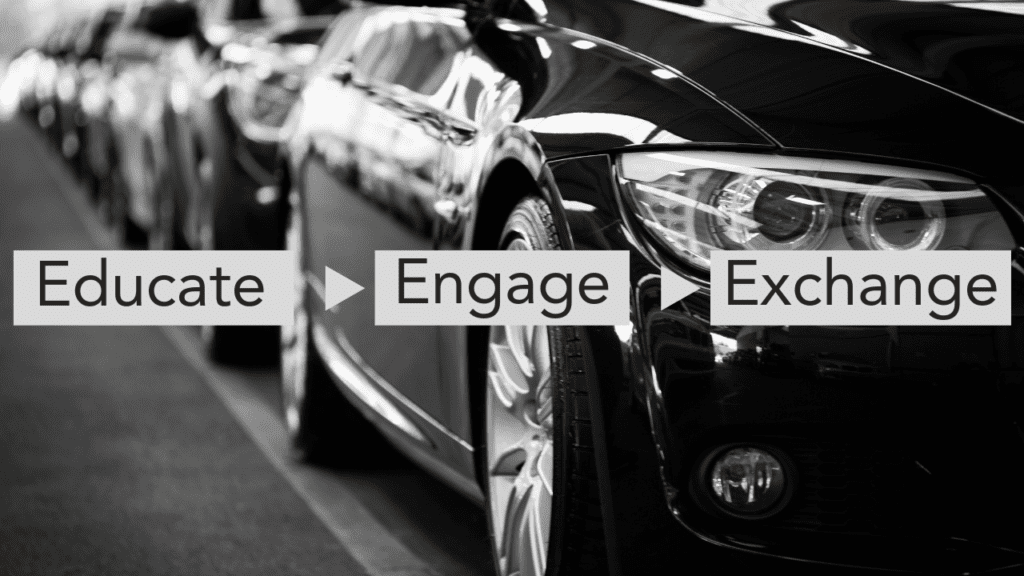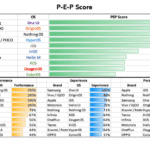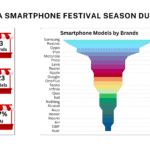2024 is going to be an exciting year in many ways. Compared to 2023 which was more of a BAU for the smartphone and auto sector, this year we will see many transformational things. One among them will be they will swap the way they are sold.
Automobiles are where smartphones where 5 years back
The automobiles have exactly reached the point that the smartphones were at around 5 years back. Sometime between 2017-2018, consumers stopped asking about how fast the internet works on the smartphone they were considering buying. The call reception has already died long ago. Since, then no one really is bothered to know about the primary function of calling and internet access on a smartphone. As consumers we started to inquire about various other features and functions that were at times as broad as it could be like the camera performance to the specifics like low light photography. One of the things that has emerged out of this is that smartphones became one of the most feasible products to be sold online. We saw the online sales contribution reaching the peak level of 60%. The buyers would get tons of credible and detailed information about various aspects of smartphones from reviewers and bloggers to understand the purpose of the function or feature and then evaluate various models to find the most appropriate choice matching their criteria.
The same scenario is building up for automobile, not just the e-vehicles. Buyers are looking at various consumer facing technologies loaded in them that are powering various features and functions adding to safety, comfort, communications, and entertainment. (Connect with us to know more on our framework to benchmark consumer technology in automobiles). This means automobile purchase is not going to be only around engine performance, mileage, and other typical functionalities of a vehicle. In fact, many of these functions are not relevant as the automobile has moved significantly from being a mechanical machine to an electronics machine. Today, consumers are increasingly deciding basis the technology load of a vehicle along with the exterior looks and interior comfort.
The EEE customer journey is possible
Amazon has already announced its partnership with Hyundai where it will deliver vehicles at the doorsteps in US. I don’t see India anyways far off from this. For instance, we already have OLA allowing to book its e-bikes online. The automobile sector has already started engaging bloggers and reviewers to experience the vehicles and create engaging and educative content around the new vehicles being launched. This is exactly creating the information on the patterns of smartphones and other smart devices for buyers to consume and know a lot more about the features, especially driven by tech in detail. Now, this kind of detailed understanding cannot be gathered at the sale centre. Even if the car makers would have all the intend to do so, it would mean they need a lot many experts at the centre who can walk customers through so many advanced features. It’s not an easy thing.

Online selling of vehicles is becoming much more feasible. More than being feasible it is becoming more of a need due to the increasing load of consumer facing technologies that consumers would want to know about in detail and understand how it can help them. The possible cycle of consumer buying a vehicle could be educating online, experiencing on-road, and purchasing online. Compared to smartphones the only difference in automobiles would be that there will be negligible, almost zero buyer skipping the experience part and going only by the recommendations and reviews of bloggers and reviewers. They will not make a buy without experiencing it. However, for that we don’t need a sale centre. There could be hotspots just like the dark stores, from where the road tests could be booked by potential buyers. In fact, going by this mode, the car makers can add an additional layer of due diligence to gauge the seriousness and intent of a person seeking a test drive. So, the online selling of automobiles isn’t a fantasy thing anymore. We could see this increasing in 2024 transforming the buyer journey in the sector significantly.
How will smartphones swap the selling with automobiles?
The story and the customer journey are different for smartphones in 2024. From the product point of view, we have hit a lot more predictability as consumers. Yes, AI is bound to add some glamour and newness in industry, but that will be exclusive to the luxe or ultra-premium segment in 2024. For the majority of the market, especially the middle layer, where the brands can extract more value from consumers by ‘premiumising’ the offering, the CMF (Colour-Materials-Finish) is going to be the key factor determining sale. This is where the digital platforms or mediums will not suffice, even if they boast of offering immersive experience. The customer cannot make decisive call about CMF just by watching a video or seeing an immersive picture. The customer would need to touch, look, and feel it. This is exactly what happens in automobiles where the exteriors are very critical to a buy decision and for that the buyers want to have a look of the vehicle before booking it. So, the experience centres or offline sales centres will become important for selling a smartphone in the segment, something very similar to automobiles. The buyers will not want to test-drive a smartphone and experience how it works or how the camera, etc., functions. This idea they will still get in detail through reviewers and bloggers. But for experiencing the options available before them created by different brands through a permutation and combination of colours, materials and finish techniques, they will have to step out and visit the centres before making a transaction.
A lot to cross learn in 2024
While a lot of smartphone makers have already forayed their journey into auto sector through e-vehicles, and we are expecting some more to jump in, it is unlikely that any auto maker might want to venture in the smartphone industry. However, whatever the business calls might remain, there is a lot for these two industries to cross learn. The smartphone industry can bring in their expertise and experience of effectively selling consumer technology, that too many technologies packed in a single product. The auto sector can help with incredible inputs around how to elate the experience of feeling the product. It is unlikely that the brands from these two different sectors will collaborate, but there are definitely several learnings to leverage and have a new perspective in both the sectors that have become monotonous in many ways, especially the smartphone industry.





